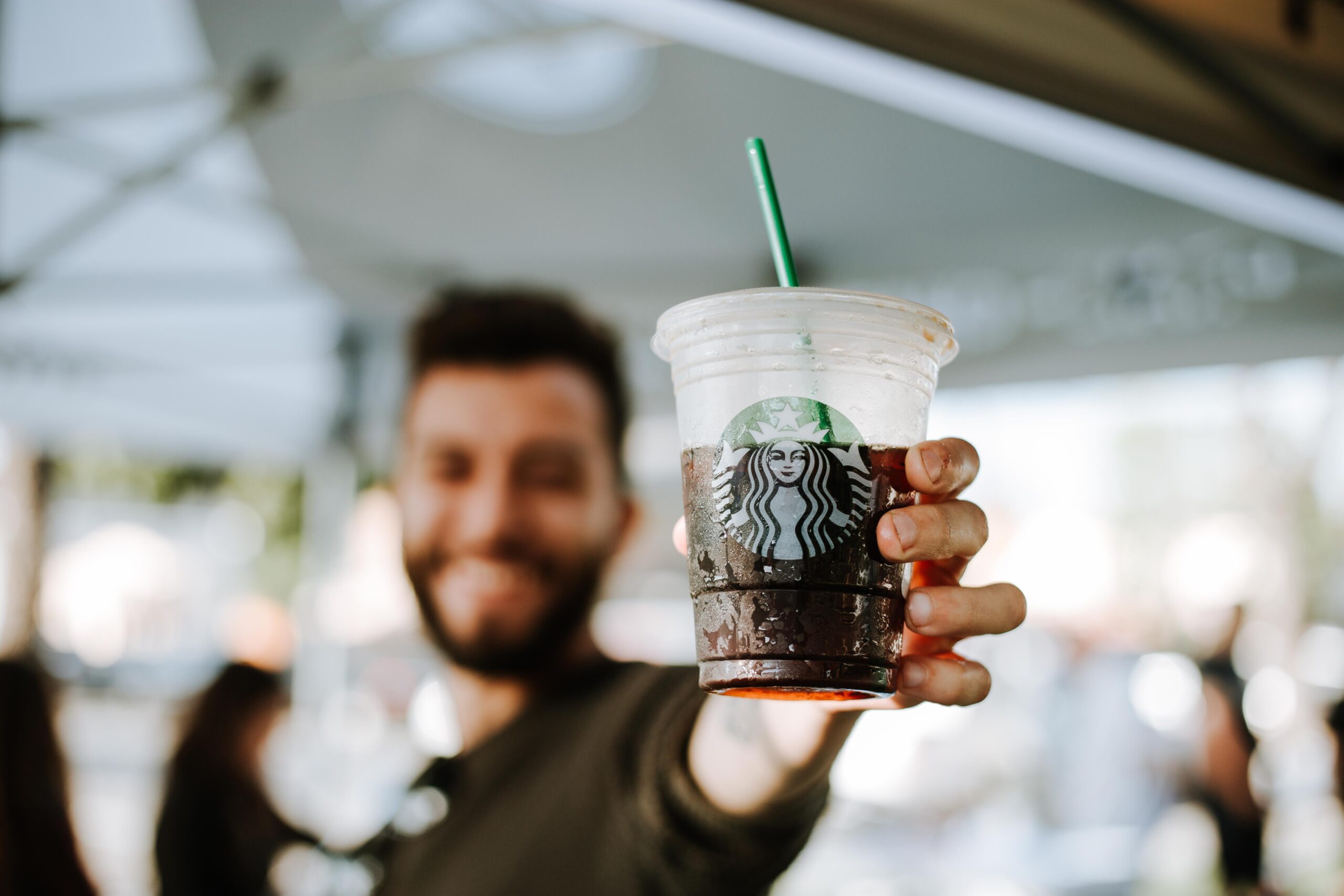
Starbucks is planning to offer its customers a subscription service for home delivery of fresh coffee. What benefits might this initiative might bring to the global coffee giant?
Amazon is building an impressive same-day delivery infrastructure and eBay is also creating a super quick logistics proposition – helped by its purchase of 90-minute service Shutl – among others out there.
Not wanting to be left out Starbucks CEO Howard Schultz recently stated his intention to launch a home delivery service in selected US cities in 2015. He has rightly stated that this would take customer loyalty to another level for Starbucks: ‘E-commerce on steroids.”
When it launches it will be seamlessly integrated into the company’s existing loyalty programme that underpins its very successful Pre-order and Pay app. As well as ordering and paying for their early morning fix customers will also be able to get their order delivered to their door.
The subscription retail boom
At the heart of this is one of the hottest and most profitable areas of online commerce – subscription type models. Shultz has pushed the idea that customers will be able to set up a standing order whereby they have their food and drink delivered each morning without having to even think about it.
Such models offer a triumvirate of benefits: they not only generate loyalty (locking out the competition every day) and deliver recurring revenues but they also enable companies to have a pre-defined order-book, which enables them to maximise the efficiency of their delivery infrastructures.
Amazon has found its Prime subscription service – that allows unlimited deliveries for a fixed annual fee – to be massively beneficial at locking-in customers and pushing up their spending. It is looking to leverage this further as it develops its grocery/FMCG service whereby customers buy the same goods on a regular basis on a subscription model. The ability for it to then fully utilise its logistics infrastructure is obvious.
Although Starbucks is not quite looking to take over the world with its standing order delivery service in the same way as Amazon, the potential benefits are clear. But even if it proves successful it is difficult to see how its customer base will be anything other than office workers who cannot be bothered to take the elevator down to their nearest Starbucks outlet with coffee orders for their whole team.
Related post:
Fulfilment: 3 expert tips for retailers at Christmas
















